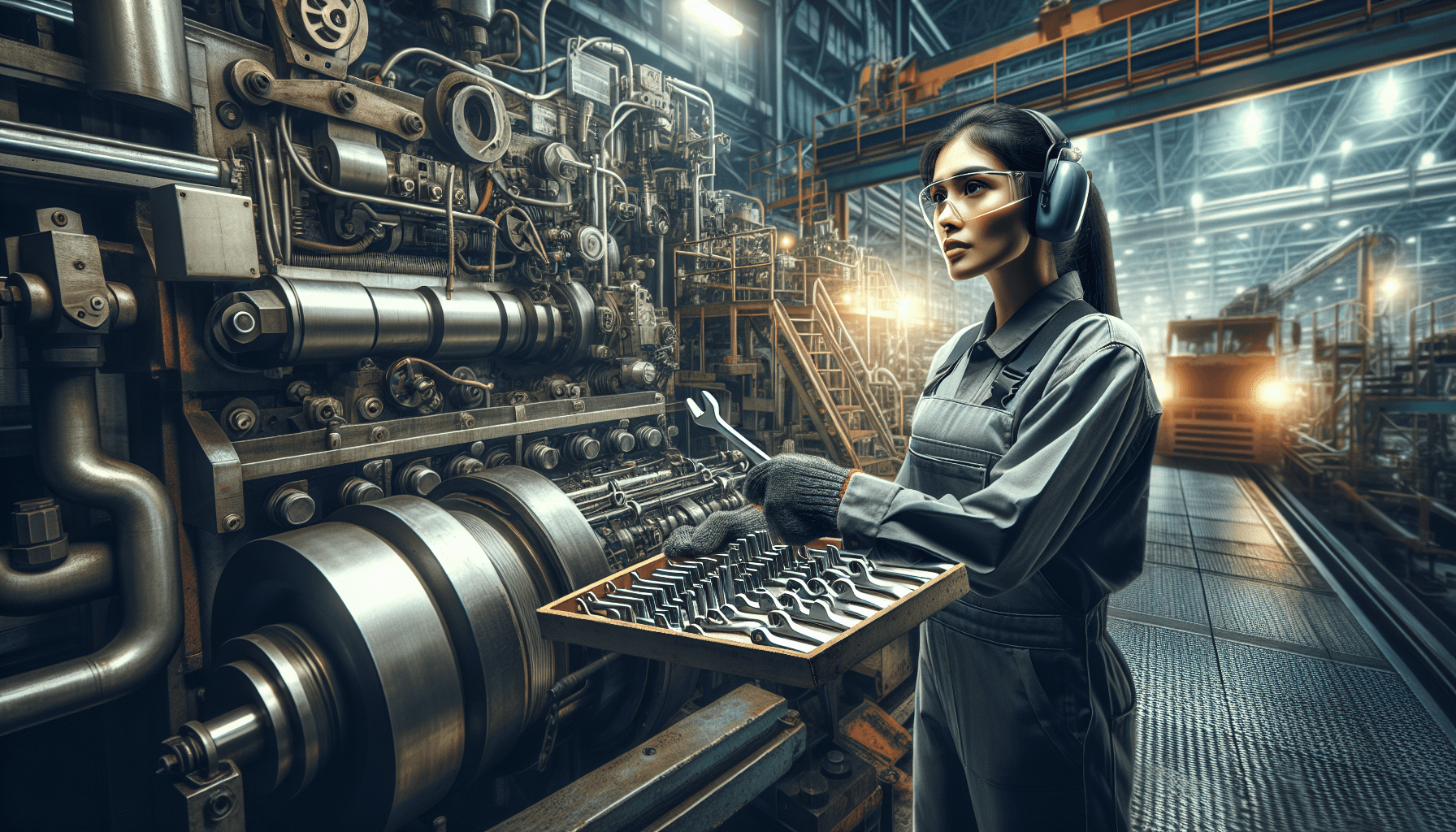When it comes to warehouse operations, equipment plays a crucial role in ensuring smooth and efficient operations. From forklifts to conveyor belts, each piece of equipment contributes to the overall productivity and profitability of a warehouse. However, over time, equipment tends to wear out, which can lead to increased replacement costs and operational downtime.
The Importance of Maintenance
Maintenance plays a critical role in reducing equipment replacement costs and extending the lifespan of warehouse equipment. By implementing a proactive maintenance strategy, warehouse operators can minimize breakdowns, prevent costly repairs, and optimize equipment performance.
Regular maintenance involves routine inspections, cleaning, and servicing of equipment to identify and address any potential issues before they escalate. This approach not only helps in maintaining the efficiency of equipment but also ensures the safety of warehouse workers.
The Benefits of Regular Maintenance
1. Minimizes Equipment Downtime: Scheduled maintenance allows warehouse operators to identify and address potential issues during non-operational hours. By proactively addressing maintenance needs, equipment downtime can be significantly minimized, ensuring smooth operations and reducing the risk of delays.
2. Enhances Equipment Performance: Regular maintenance helps to keep equipment in optimal condition, ensuring that it delivers peak performance. Well-maintained equipment operates more efficiently, reducing energy consumption and maximizing productivity.
3. Reduces Replacement Costs: By implementing a preventative maintenance program, warehouse operators can identify and address minor issues before they become major problems. This proactive approach helps to extend the lifespan of equipment, reducing the need for frequent replacements and minimizing associated costs.
4. Improves Safety: Equipment maintenance also plays an essential role in ensuring the safety of warehouse workers. Regular inspections and servicing help to identify potential safety hazards, allowing necessary actions to be taken to prevent accidents and injuries. Maintaining equipment reliability and functionality significantly reduces the risk of accidents caused by equipment failure.
5. Compliance with Regulations: Depending on the industry and the type of equipment used, there might be specific regulations and standards that need to be followed. Regular maintenance helps ensure that the equipment remains in compliance with these regulations, avoiding potential fines and penalties.
Implementing an Effective Maintenance Strategy
To reap the benefits of maintenance and reduce equipment replacement costs, warehouse operators should consider implementing an effective maintenance strategy. Here are some key steps to follow:
- Develop a maintenance plan: Create a detailed maintenance plan that outlines the specific tasks to be performed, their frequency, and responsible personnel.
- Invest in training: Provide proper training to maintenance staff to ensure they have the necessary skills and knowledge to perform inspections and repairs effectively.
- Use technology: Embrace technology solutions such as automated maintenance management systems to streamline maintenance processes, track equipment performance, and schedule maintenance tasks.
- Regular inspections: Conduct regular inspections to identify any signs of wear or damage. Addressing minor issues promptly can prevent them from developing into major problems.
- Regular cleaning: Keep equipment clean and free from debris, as this can extend its lifespan and prevent unnecessary damage.
- Track maintenance history: Maintain proper records of maintenance activities, repairs, and replacements. This data can help identify patterns and guide decision-making for future maintenance needs.
- Consider professional assistance: In some cases, it may be beneficial to partner with a professional maintenance provider who specializes in warehouse equipment management.
By following these steps and prioritizing maintenance in warehouse operations, companies can significantly reduce equipment replacement costs, improve productivity, and ensure a safe working environment for their employees.
If you are looking for professional warehouse optimization solutions or material handling equipment management services, HCO Innovations is here to help. With their expertise and experience, they can assist you in optimizing your warehouse operations, enhancing safety, productivity, efficiency, and cost-effectiveness.

